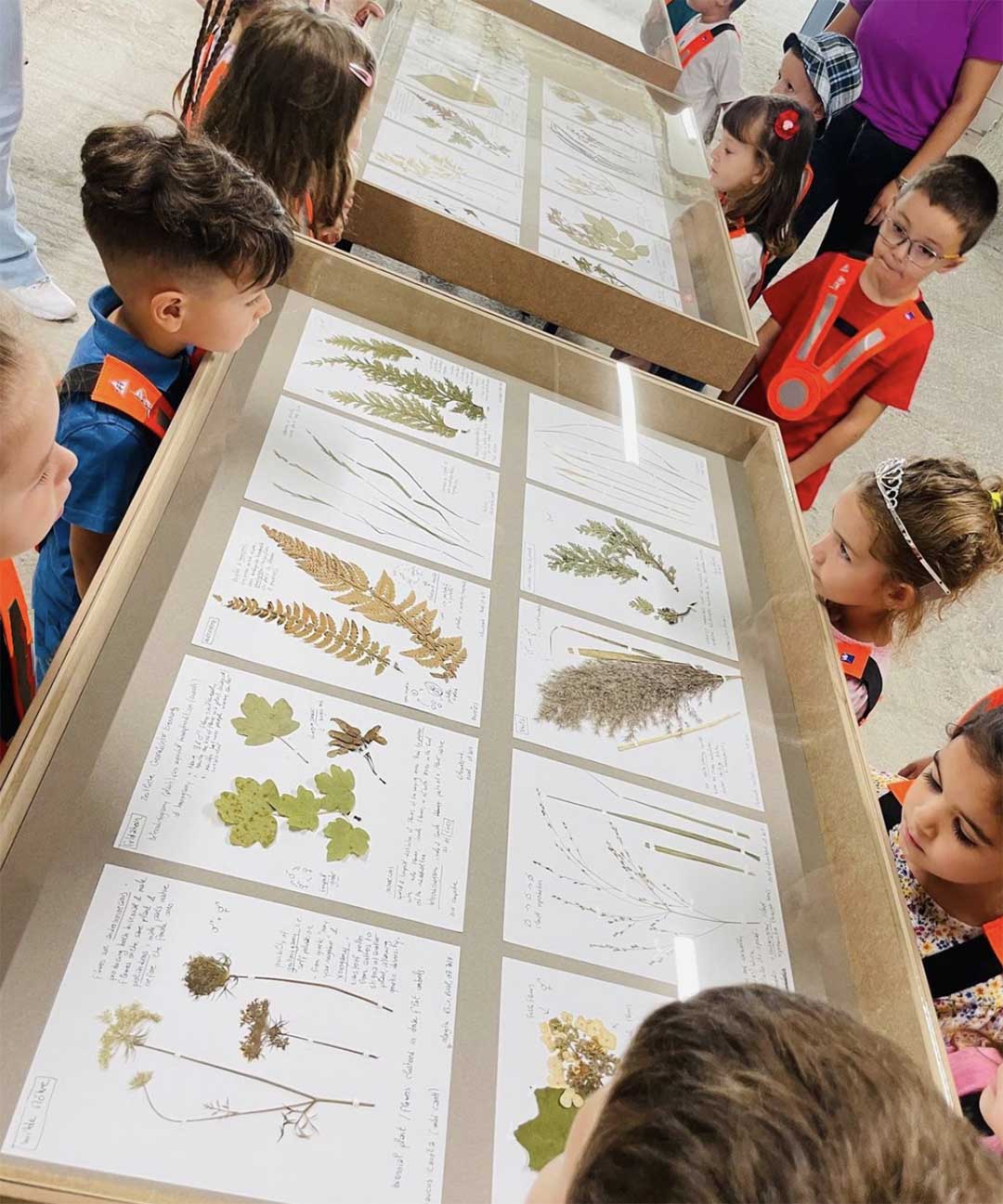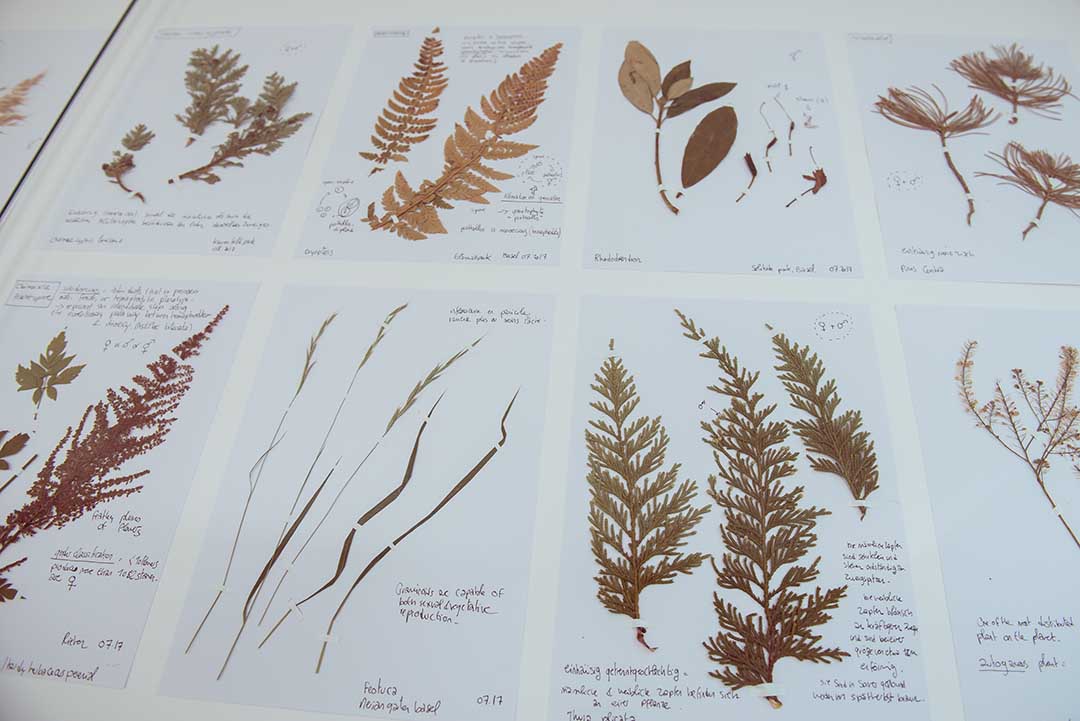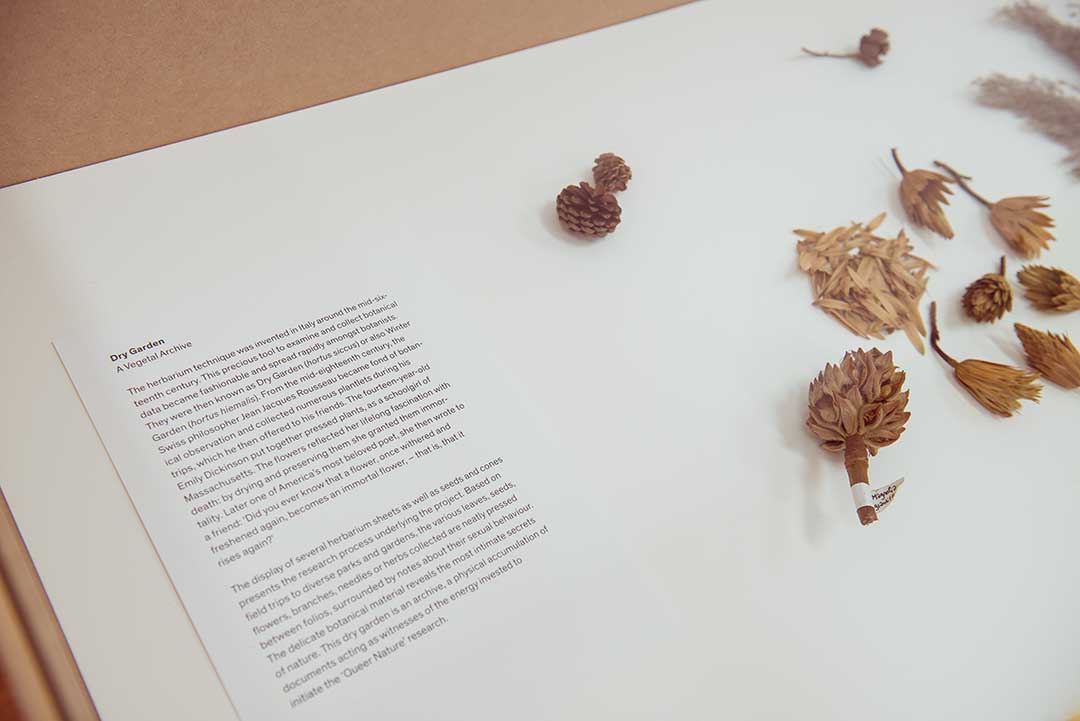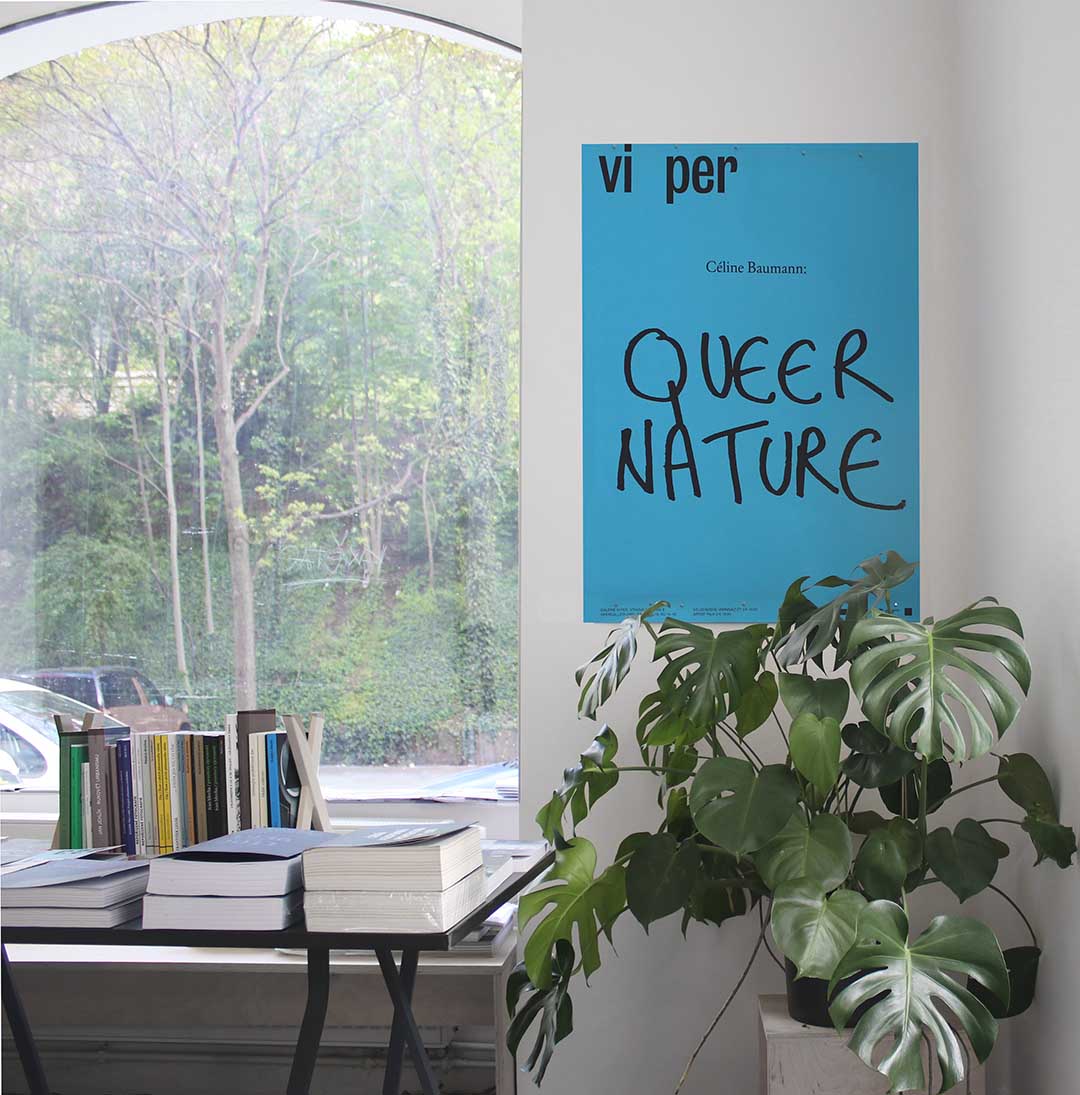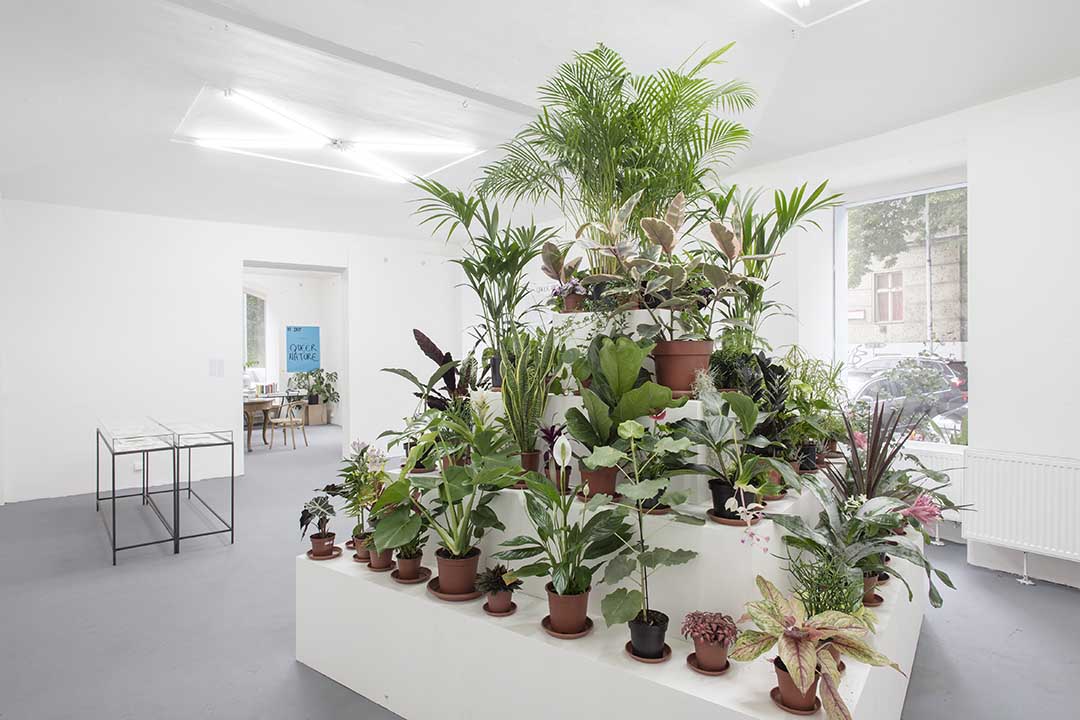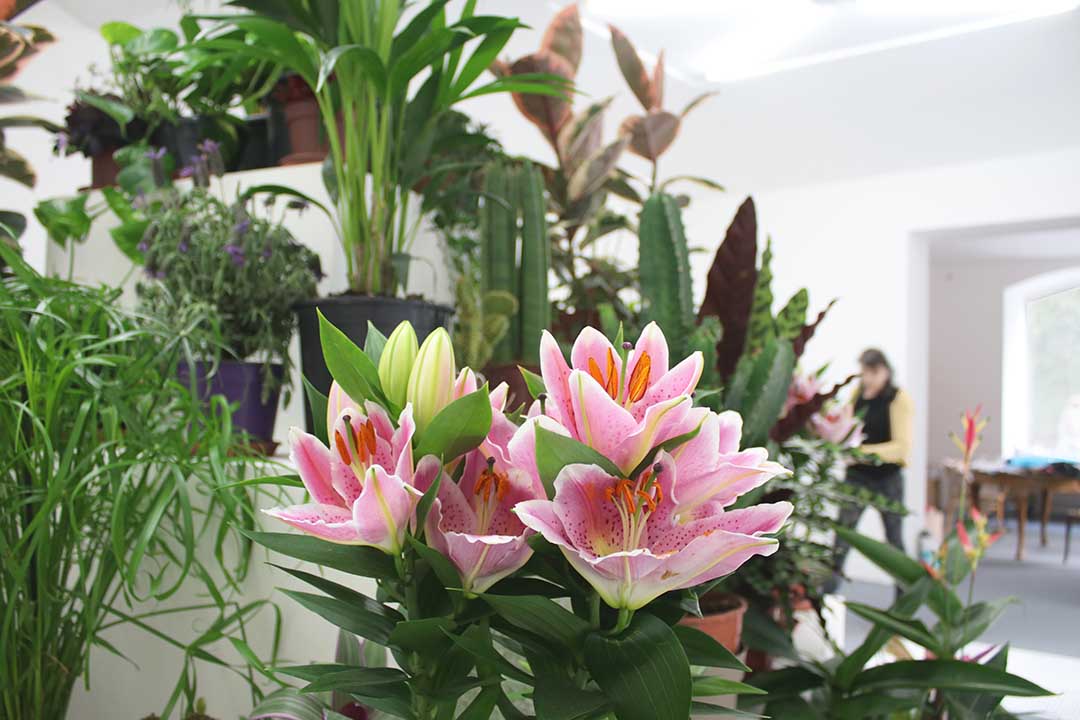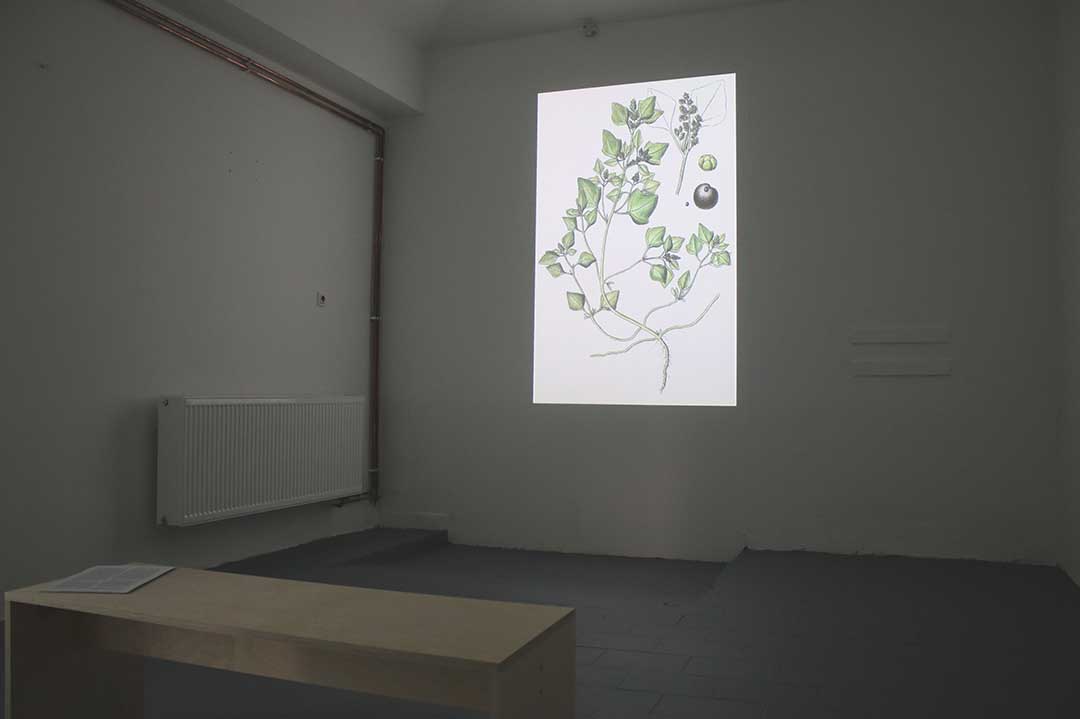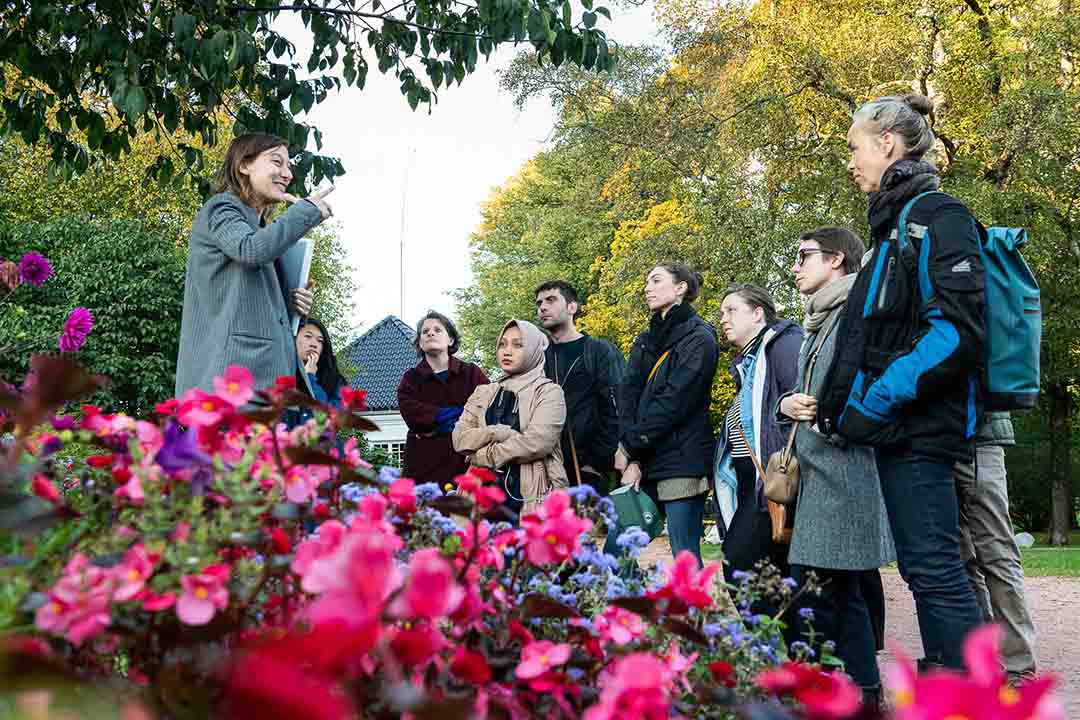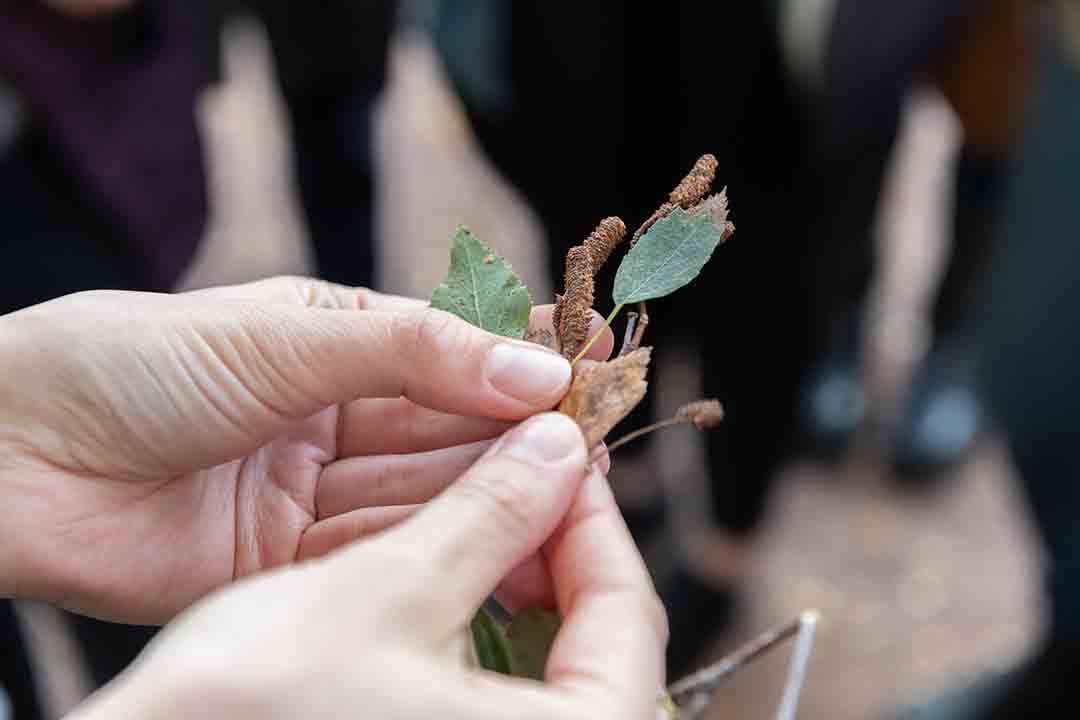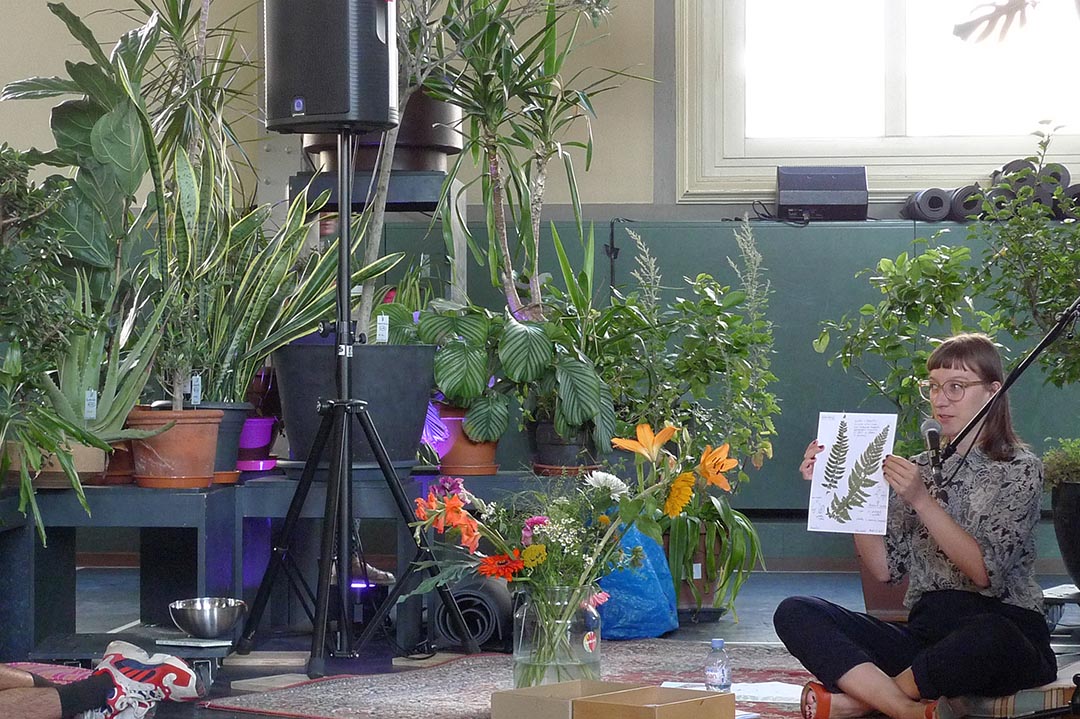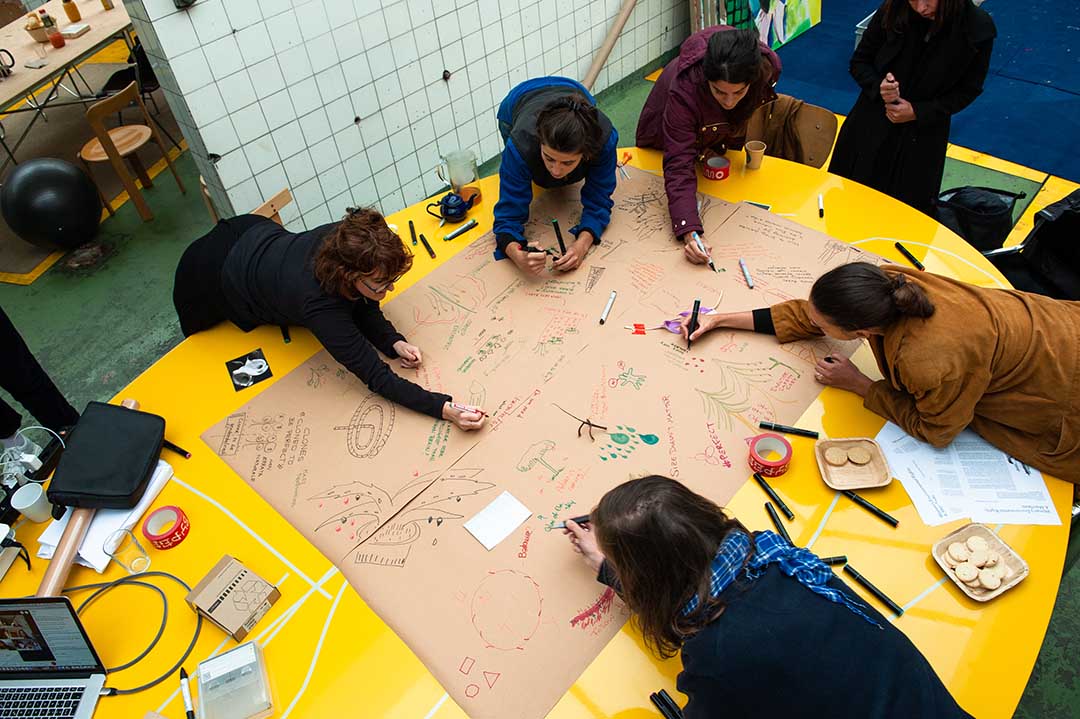Queer Nature
Queerness in nature can be found everywhere. This ongoing investigation explores the little known, disregarded, and rare intimate behaviour of the botanical world.
| Time Frame | 2019 - 2025 |
| Exhibitions | Biennale für Freiburg 2025, Manifesta 14 2022, Kunstmuseum Liechenstein 2020, Viper Gallery Prague 2019, Oslo Architecture Triennale 2019 |
| Awards | Nomination Future Architecture Platform 2019 |
„If plants are our oldest teachers, as Céline Baumann surmises, what might we learn from them? What knowledge, which stories do they have to share? One key lesson to be learned from the botanical world would be the ubiquity of queerness. No matter where you look in nature, it’s there. As part of an ongoing investigation into the diversity of gender expression and sexual behaviour in plants, Baumann brings together specimens, illustrations, pictures and stories. Yet the research she presents goes beyond the mere recognition that plants are often unisexual or bisexual, hermaphroditic or transitionally transgender, depending on their age, the time of day or environmental conditions. What she endeavours to convey, rather, is that such knowledge can be put to good use: to make the ground we live on – whether on a domestic, urban or national level – “porous and permeable” and “welcoming” for all.“ Catherine Nichols, Creative Mediator Manifesta 14 Prishtina.
Photography: Marc Doradzillo / BfF3; Majlinda Hoxha / Manifesta 14 Prishtina; Alena Halmes / depatriarchise design; Sandra Maier / Kunstmuseum Liechtenstein; Jiří Thýn / Viper Gallery; Istvan Virag / OAT
Curation: Catherine Nichols / Manifesta 14 Prishtina; Christiane Meyer-Stoll / Kunstmuseum Liechtenstein

